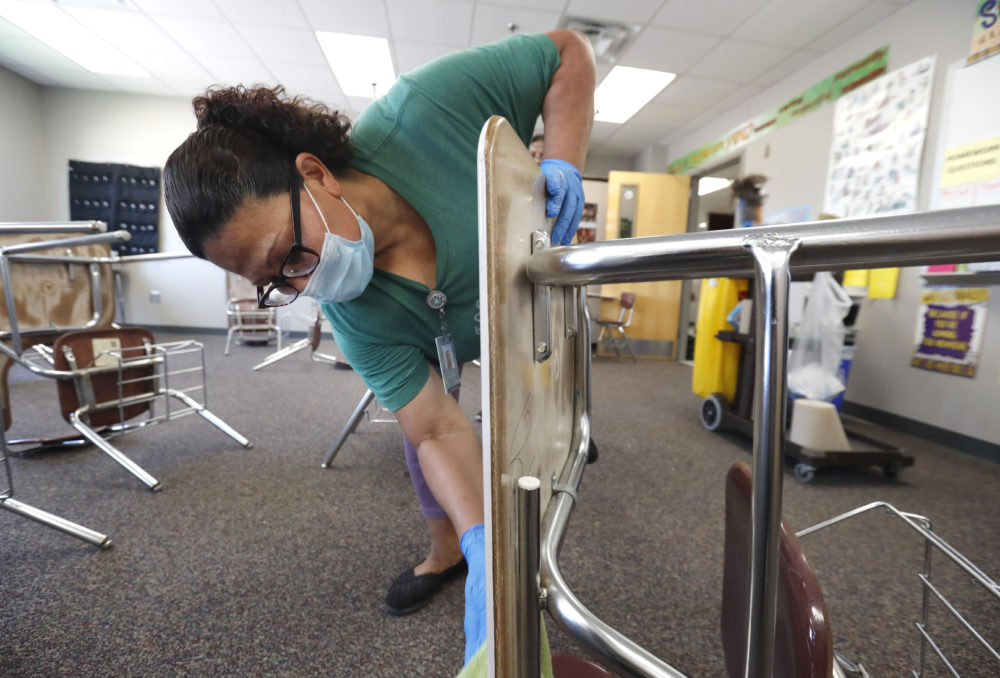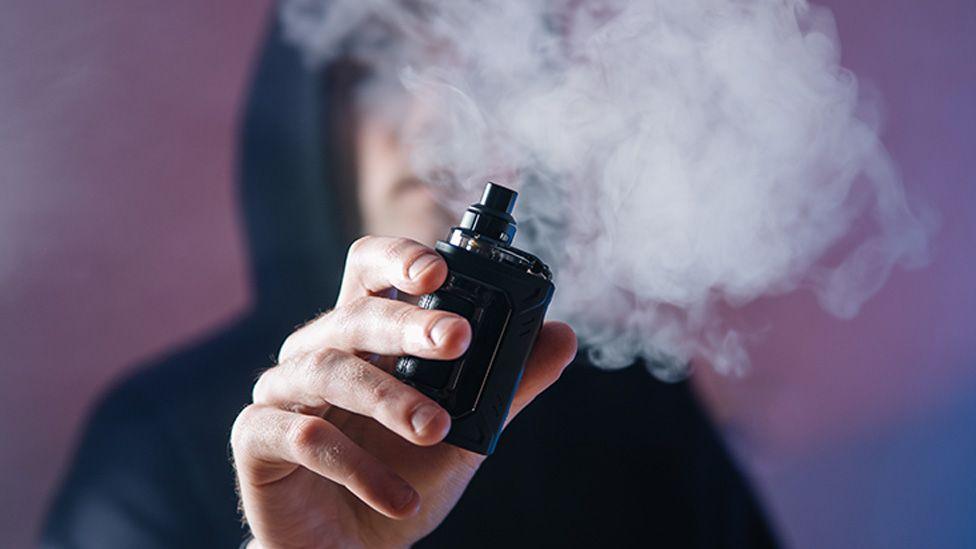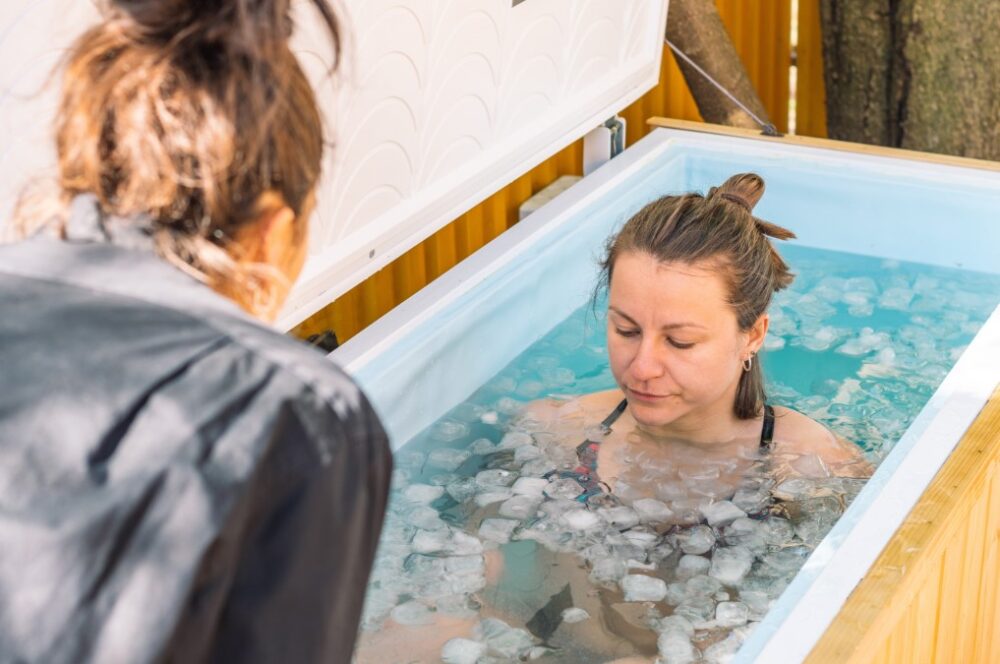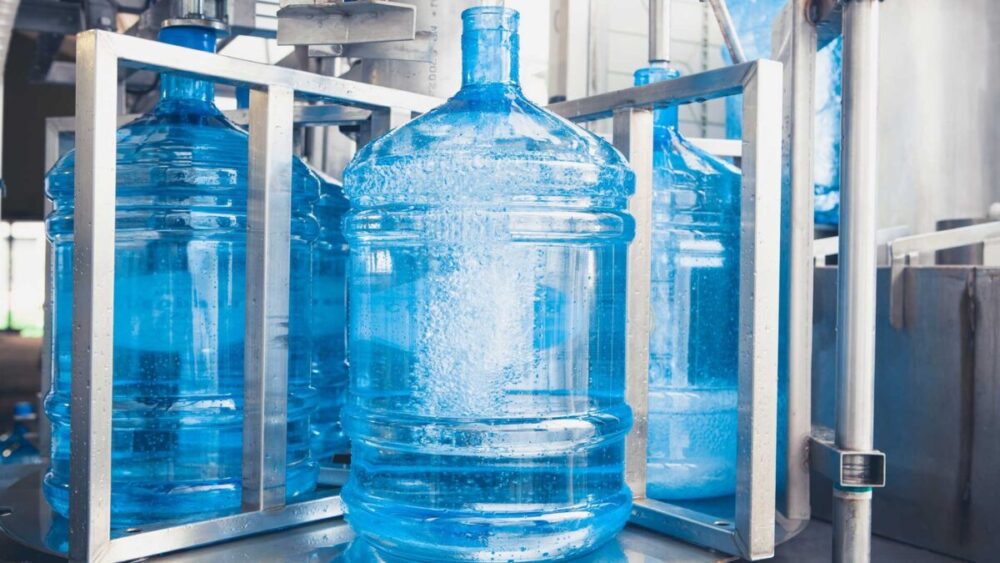Students spend almost half a day in a classroom, and cleaning is very essential. A clean classroom creates an ideal environment for learning. An untidy classroom is more likely to facilitate the spread of allergies, especially in the flu season. Worse still, unarranged things like tables and chairs can injure the students.
Perhaps the most challenging thing teachers do apart from teaching is assisting their students in keeping the classrooms clean. Keeping a classroom clean is not an easy job, especially when it is full of juniors. Cleaning a classroom is not single-handed work but rather a joint effort.
Cleaning the classroom means cleaning the mess and also keeping the classroom clean. Some practices like sweeping are done daily, while others like mopping the floor are done weekly. This article will discuss the best nine ways of keeping your classroom healthy and clean.
1. Educate the Students to Avoid Littering the Classroom and Teach them Healthy Behaviors

Generally, students will be throwing things like toffee covers, waste papers, or pencil sharpens in the classroom. It is crucial if you advise the students to avoid dropping litter in the classrooms but instead use the dust bins.
You may request them to be using towels and good spoons to eat so that the food droppings will not litter the classroom. Similarly, they are obliged to check on possible water leakages from their water bottles for the students. They should also report any dirt noticed in the classroom to the cleaning staff so that the place is cleaned up immediately.
Additionally, you can teach the students on matters regarding their healthy behavior. Healthy behaviors include getting enough sleep, staying hydrated, etc.
2. Maintain a Daily Clean Up
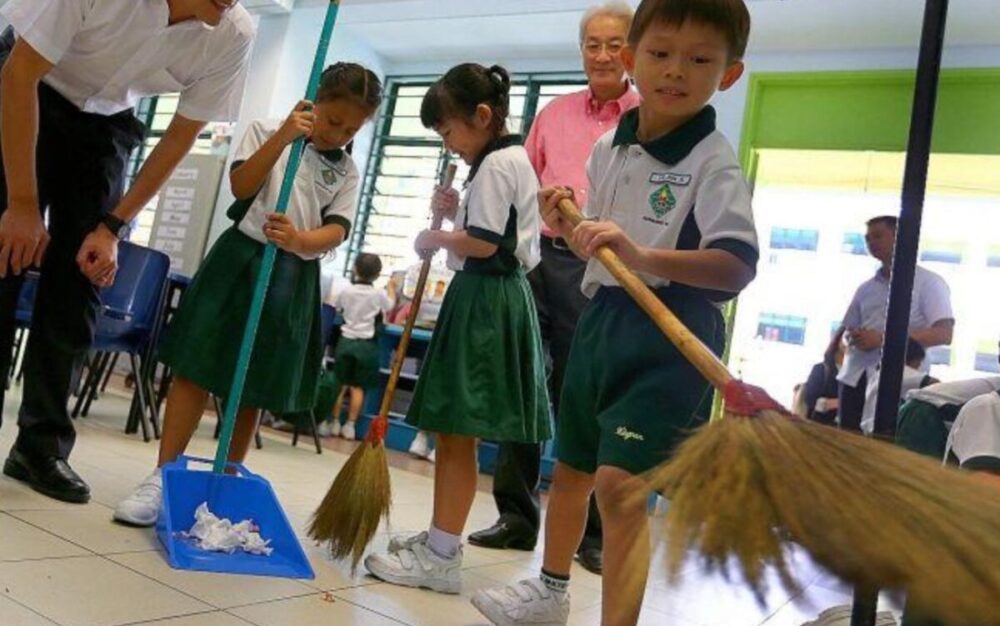
The teacher should lead the students as an example when cleaning the classroom. Together, they should spend at least 10 – 15 minutes daily in the evening to clean up the class. All trash and debris should be disposed of collectively, and all the classroom materials tidied and returned to their respective places.
Ensure that the chairs are stacked correctly and that the desktops are wiped with disinfectants. This will ensure that the germs have no room for thriving, thus maintaining a healthy classroom. Also, remember to wipe the black and whiteboards.
3. Assign Classroom Cleaning Jobs
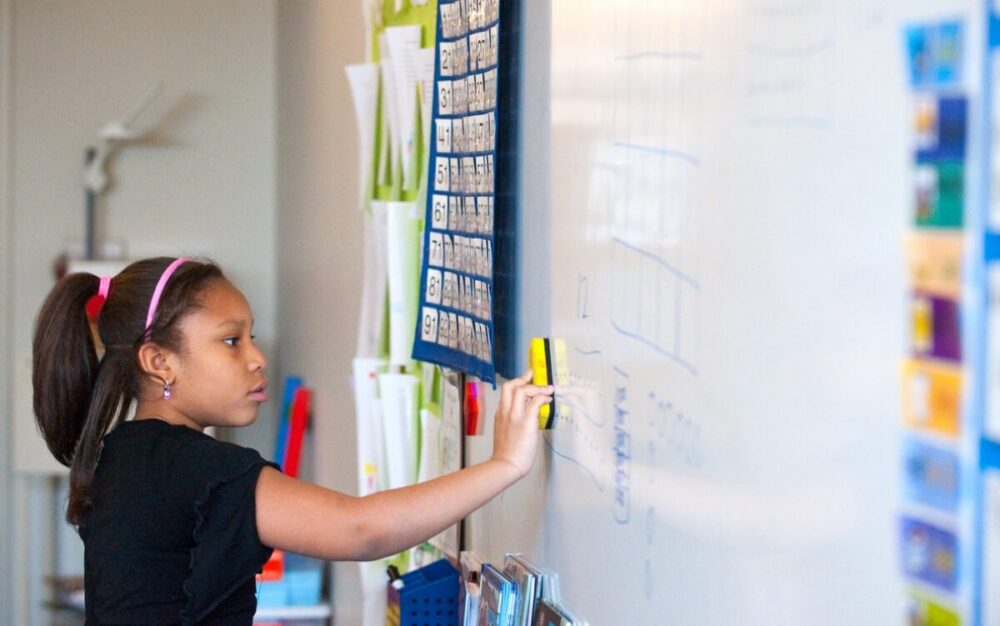
There are many charts in a typical classroom for assessing the students’ attendance, code of conduct, marks, etc. Similarly, there should be a chart for assigning the daily and weekly clean-up responsibilities.
Most importantly, always remember to compliment a student when his/her place is tidy and shame him/her when it is not clean. You are also advised to rotate the students every week, especially when cleaning up the common areas.
In addition, since this is a joint effort, remember to assign a clean-up monitor to every cleaning team. The monitor can guide the cleaning tasks to improve the overall productivity. The monitors ensure that everyone is doing their part. Always rotate this role among the students so that each one of them feels the responsibility.
4. Manage the Permanent Markers’ Traces and Stinky Trash Cans
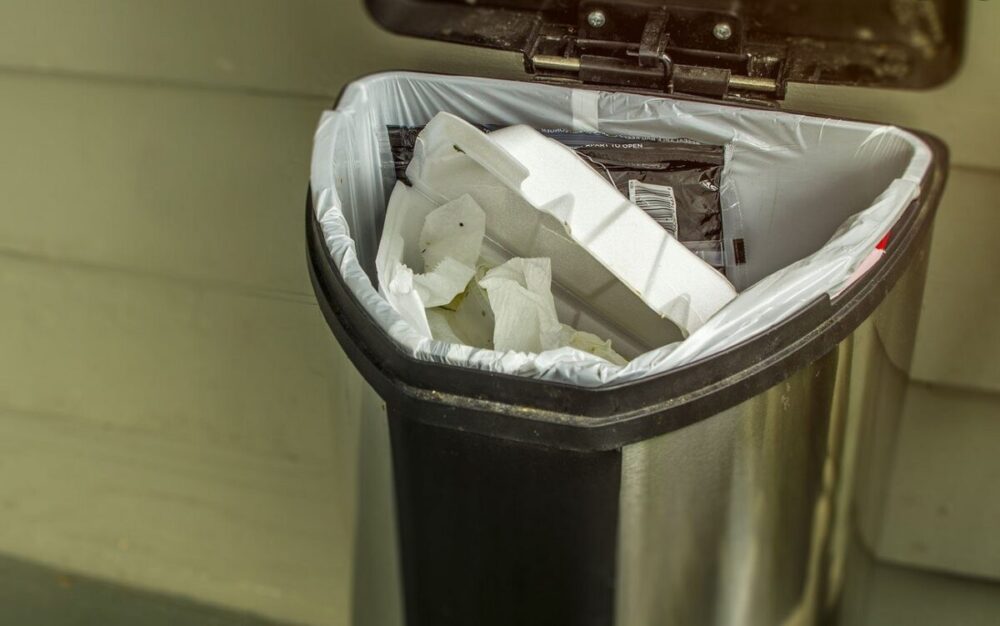
Ensure that a dry erase marker is used to wipe permanent marker traces. This is relatively straightforward as all it requires is some simple observations. All you need to do is tracing the area with a dry erase marker and wipe it after a few minutes to get a clean surface. Old dry erase marker traces can be removed by using a paper towel and rubbing alcohol to clean up the surface.
Similarly, it is equally important to keep trash cans in every classroom for the students to put waste to avoid littering the classroom. The trash cans should be cleaned and replaced thoroughly as the day ends.
5. Manage Math Manipulatives and Clean Shared Objects
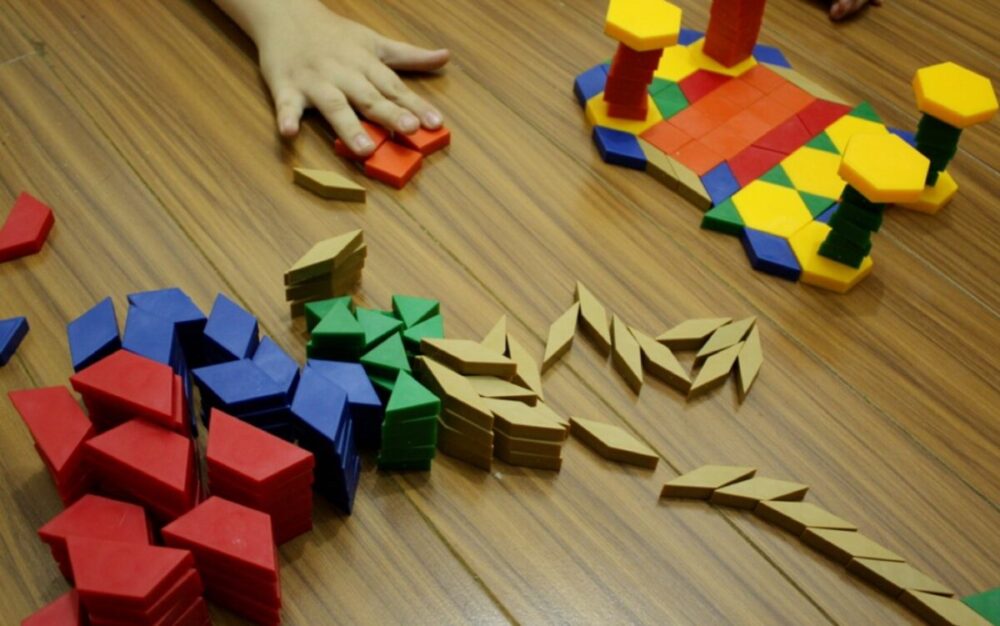
Generally, students will always miss math manipulatives when learning. Since they are more likely to share these items, every student will be touching them simultaneously, increasing the spread of germs. It might turn out to be very challenging to wash these items one by one. Tossing them in mesh laundry bags is a better alternative for cleaning them. Similarly, you can run them through a dishwasher.
Also, other things are commonly shared among the students. They may include stationery, chairs, or keyboards. These objects should be appropriately cleaned to curb the spread of germs.
6. Use Hand Sanitizers
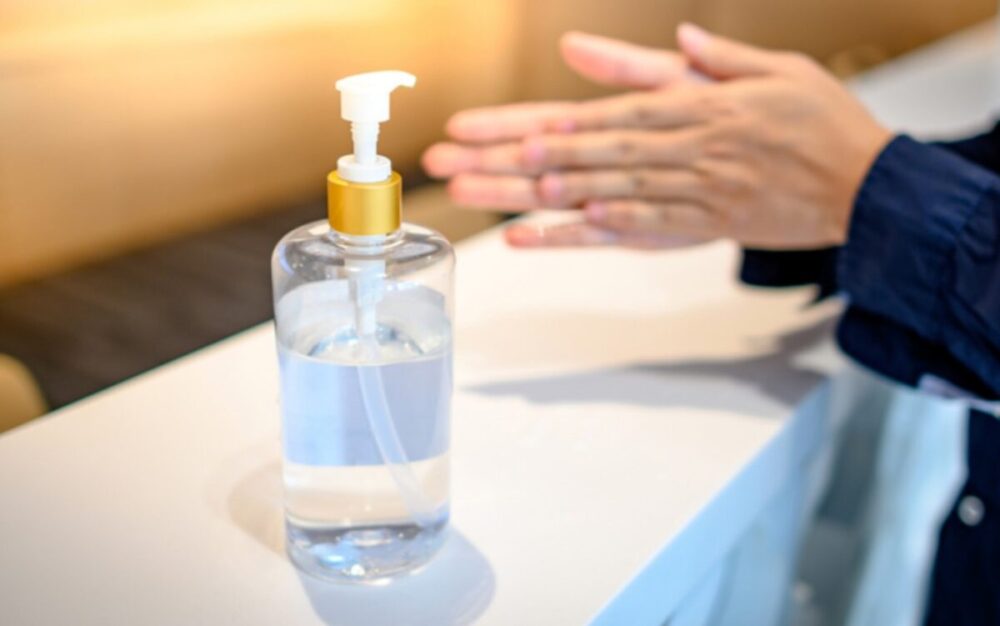
Keeping the students’ hands is essential in preventing the growth and spread of germs. Remember to clean up the students’ hands with hand sanitizers after sharing items in class. This will prevent the spread of germs and maintain a healthy classroom.
Also, remind the students to clean their hands before and after eating and after visiting toilets. Please encourage them to do this regularly and also to use the hand sanitizers more frequently.
7. Manage Glitter Spills

Sometimes, the students may bring presentation charts, celebrations, or gifts to the class. This usually results in glitter spills which make the classroom look dirty. Cleaning glitter spills can be challenging, and a lint roller or a heavy-duty masking tape comes in handy.
Similarly, using a damp paper towel can also clean glitter spills. If possible, you should even consider investing in glitter glue pens.
8. Keep a Cleaning Cabinet in the Classroom
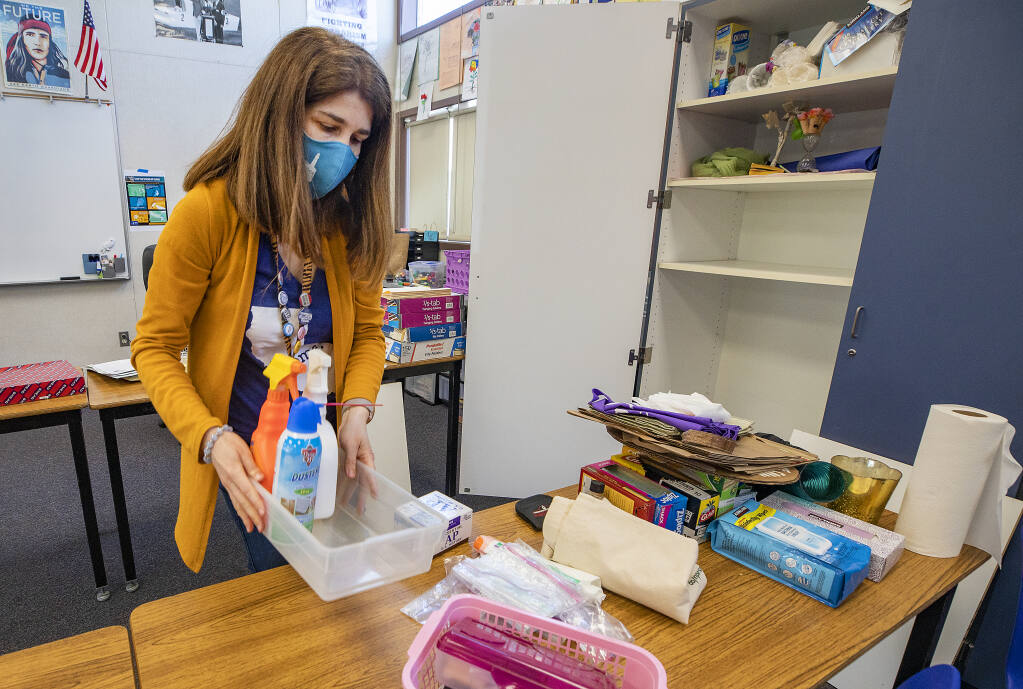
As much as a books’ cabinet is essential for keeping books, there should also be a cabinet for storing the cleaning materials in every classroom. Since these materials are already reachable, this will ensure that the classroom is kept neat and tidy. The cabinet should be stocked with the relevant cleaning materials to ensure that the cleaning activities run uninterrupted.
9. De-clutter and Organize Weekly

Remove the clutter and organize the classroom every week to make the cleaning task more manageable. Even though a daily clean-up seems enough, a weekly clean-up is essential as it may include areas unreachable in daily clean-ups. Weekly clean-ups may include removing broken clocks, unwanted papers, and other things that make the classroom look untidy.
Conclusion
Being an educator isn’t just a single job. It’s a job that requires constant learning, and it’s not realistic to expect any one teacher to know everything. That’s why working with your principal, faculty, and other educational resources is crucial. For example, studies showed that Teach for America’s teachers taught their students better match skills. It comes from having the resources to learn more, and that’s certainly the case with something like cleaning your classroom.
Utilizing the above methods will undoubtedly provide the cleanest classroom. A clean classroom will ensure that the students learn soundly and also minimize the risk of having injuries. In addition, teaching the students the importance of being clean will bring up responsible citizens.

